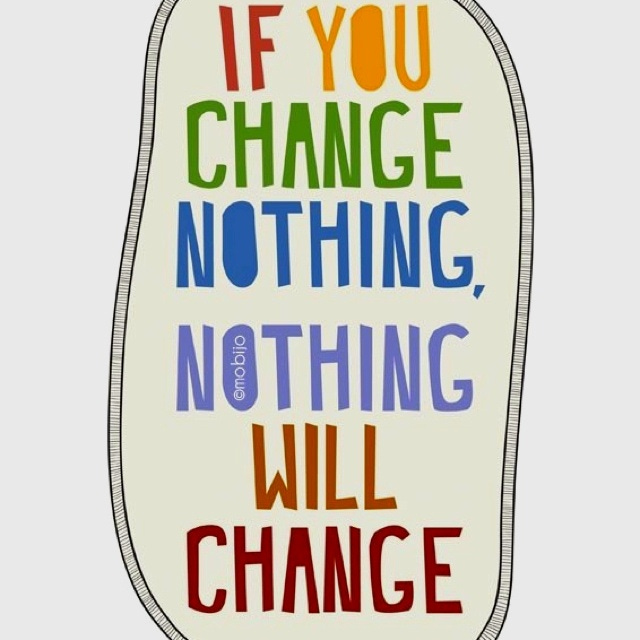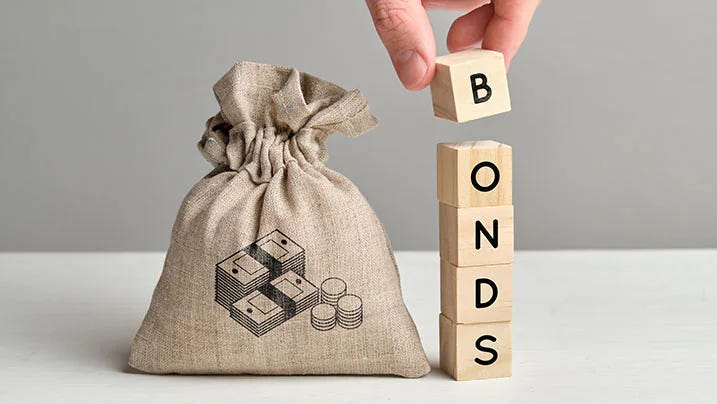For years the bond side of most portfolios languished. Inflation held below its target of 2% and the interest rate curve was “normal”. That came to an abrupt change. We’re now in an investment environment where holding debt is fashionable and necessary. How this changed is a story for another time.
During this split week, thanks to Wednesday’s holiday separation, The Ticker articles discuss two different vehicles used to manage portfolios, options, and bonds. We want to “keep it simple”. Not everyone is an expert. When it comes down to it, investing is not that complex, it’s rational. Determining your objectives, developing your plan then sticking with it works. With that in mind, let’s take a look at bonds.
Owning Bonds Simply Makes Sense
There are “several” different “types” of bonds, government, corporate, municipal, and international bonds to name a few. Each exhibits its own ‘unique’ characteristics, risk profile, and potential returns.
Government bonds are issued by governments to finance public spending and to manage their fiscal policies. Good examples are Treasury and sovereign bonds.
Corporate bonds are issued by corporations to raise the necessary capital for their business activities, expansion, or debt refinancing.
Municipal bonds are issued by municipalities, cities even local governments to fund public projects such as schools, highways, or utilities.
Convertible bonds come with an option to convert into a “fixed” number of the issuer's common stock enabling equity participation
Floating Rate Notes “FRNs” payout variable interest rates which are periodically adjusted to benchmark interest rates protecting against rising interest rates.
A few terms and definitions are associated with bonds. A basic understanding helps to understand how bonds fit into your portfolio and why they work.
Maturity dates are when issuers repay principal, ranging from short-term, less than one year, to medium-term, 1-10 years, and long-term, more than 10 years.
Coupon Rate is the fixed or variable interest rate paid as a percentage of face value which determines the periodic interest received.
Face Value or par value, is the nominal value, the amount repaid at maturity, typically, $1,000 or multiples thereof, but that can vary.
Yield is the “rate of return” earned by holding the bond until maturity. Yield considers its purchase price, coupon rate, and the time remaining until maturity.
That’s enough to get you started but there’s more. Bonds are traded on the “secondary market” before their maturity date. Their value fluctuates due to interest rate changes, ratings, and supply and demand. Investors primarily buy or sell bonds on exchanges or “over the counter”, or “OTC” markets.
Credit rating agencies assess the creditworthiness of bond issuers and assign ratings to their bonds. The ratings reflect issuer ability to meet debt obligations. Higher-rated bonds offer lower yields with lower default risk; lower-rated bonds have higher yields and higher default risk.
Why Bonds & Why Now
Do you remember the Financial Crisis of 2008? Stocks took a real beating. The actual interest paid on bonds dissipated as the Federal Reserve and the Treasury turned the “printing press” on. It stayed that way. The interest rate curve was “normal”. Traders and investors soon noted that money was cheap and it was going to stay cheap. Rates on bonds, and all interest-bearing instruments, remained low but stocks took off. The rush into equities left the bond market behind. Rates should have been raised but they were not until it was too late.
Bring on COVID-19 and the world changed. Stocks were in shambles, declining prices became the norm, and interest rates headed toward negative territory. All was not lost in the trading and investment world. Standard ratios, the S&P 500 P/E and others gave a “huge” buy signal. Stocks ran through previous highs, the Russell 2000 was on fire. It was the best of times but it was soon to become the worst.
Too much money flowed into the economic system. The result was obvious. Inflation in everything was inherent. Within a couple of years, the markets topped, interest rate expectations rose. Traders and investors realized a new player was in town, bonds, and related debt instruments. For the first time in about fifteen years, the debt market was in play. Enter the position trader, investor, and hedger.
Nothing happens quickly in today’s world, except the AI industry, bonds lead the way. Over the last few years, the world has anticipated the decline of interest rates. Politics rule so all the markets have seen is a stubborn inflation and a printing machine that keeps on running. These events have allowed me to position upwards of 55% to 60% of my portfolio in 30 and 10-year bonds, bills, a couple of large long-term debt ETFs, and gold bullion. Brand name turnaround and higher dividend-paying stocks along with a few futures contracts and lots of cash earning 5%+ let me sleep well at night.
What You Should Do Now
It’s simple, although rates have started to decline the best is yet to come. Political days are ahead of us. This administration wants to remain in office. So does Jerome Powell. I see that I’ve piqued your interest in bonds for one reason or another. The Ticker has an introductory offer that will be expiring this weekend. Join us and read exactly what I would do if I were standing in your shoes. There’s still time to jump on board so sign up today.
Nobody handled the word “change” better than David Bowie. “Changes” was a hit and it still is. Bowie understood that the world was in a state of flux. The financial world is in a state of change not experienced in years. Take advantage of it. The indicators are in place and they’re speaking loudly. Listen to them. Take hold of the change that’s all over these markets and learn that bonds are a great way to both balance portfolios and increase your returns. Join us at The Ticker through our introductory offer and we’ll show you how. Best to all as always.







